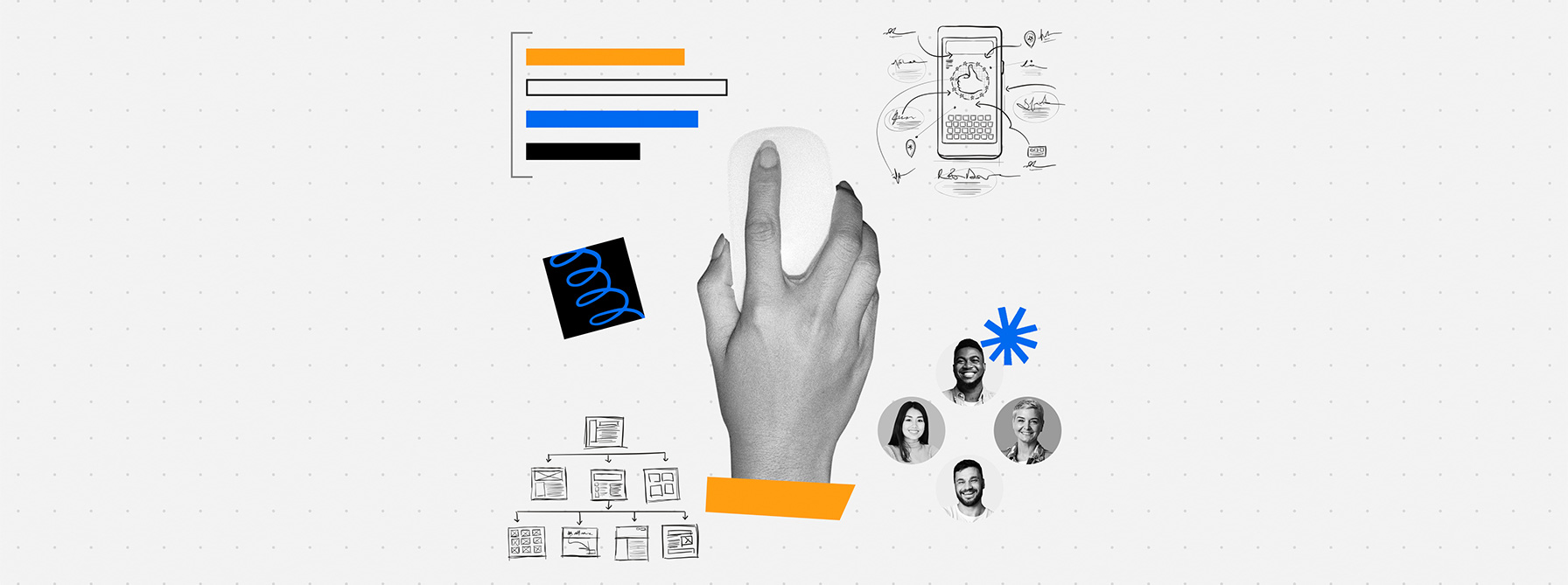A website’s design is as important as the content, but often finance brands just see it as the final visual polish. Instead, it has an important and functional role to play. Your website is the hub for transforming a visitor into a customer and UX design is the key to creating a clear structure and pathway for your website that’s tailored to your audience.
With Ecommerce expected to make up 22% of global retail sales by 2023, websites are fast becoming one of the most important aspects of a successful marketing strategy. By combining product marketing and design, a harmonious balance can be found that will ensure your website is both functional and beautiful, as well as being informative and profitable.
The difference between UX and UI design
To get started, it’s important to understand the difference between user experience (UX) and user interface (UI) design. At its core, UI design is focused on visual design and brand image. Alternatively, UX is centered around user experience and how customers interact with a website. UX design solves structural pain points to make the purchasing process easier.
UX design and UI design collaborate to deliver a holistic customer experience. A website that focuses on both UX design and UI design will be both functional and visually appealing and finance brands must incorporate both. Yet, often, it’s UX that’s forgotten about with 86% of companies failing to consider UX when developing their website.
Users want UX design
“ Every $1 invested in UX design generates $100 in return. ”
With so much choice online, users expect websites to be easy-to-use and functional. In fact, more than two-thirds of businesses compete on customer experience alone, making UX design a key weapon in remaining competitive. UX is an investment that has great returns for finance brands with a study by Forrester finding that every $1 invested in UX design generates $100 in return. Customers want their online experience to be easy and UX design allows for that.
By altering the focus from the aesthetic qualities of a website to the users’ experience it can help finance brands reduce visitors dropping off and choosing an alternative business. 88% of customers were less inclined to purchase from a company after a bad user experience indicating the influence UX design has on customers’ purchasing decisions.
Know your audience
UX design is human-focused. It places the customer at the forefront of your website’s design. By researching and understanding not only who your finance brands’ audience is but also how they use your website, finance brands can drive customers to take certain actions. Whether this is to purchase a product or to engage with a specific campaign, when UX aligns with a strategic content program they work in partnership to deliver on business goals. In fact, companies that focused on customer experience saw their revenue increase by 4-8%.
While 81% of banks believe they understand their users’ needs, only 37% of customers agree. With web design a key aspect of the customer experience, it’s an important component to ensure finance brands are meeting the needs of consumers. Whilst visual design is a way to capture attention and engage customers, to strengthen customer relationships and drive them to take relevant actions finance websites need to be designed with customer behaviours front of mind.
Here are three simple fixes to improve your UX design:
Count how many clicks it takes for your user to get to the page they need. Remove any unnecessary pathways as you want your site to be easy and quick to navigate.
Ensure the front page of your website showcases who your brand is and what they do. Look to showcase content that will drive customers down the funnel as well as providing quick links to products for customers ready to act.
Ensure you have a call to action (CTA) that is noticeable and relevant. Having a personalised CTAs converted 42% more visitors into leads than un-personalised ones.
Design and marketing go hand-in-hand
UX design and marketing are symbiotic. UX design can improve marketing campaigns by ensuring website visitors both enjoy their experience and are directed to relevant information and ultimately to make a purchase. By merging key user experience information with rich marketing data, a finance brand can gain a competitive edge as lead generation can turn into profitable conversions.
Great design stops for nobody
It’s important that finance brands understand UX design isn’t a one-time investment, but a continuous aspect of their overall marketing strategy. UX must continue to evolve with its users and remain driven by data and research into audience habits and goals. With half of all customers who switched finance brands doing so because of a bad user experience, it pays for finance brands to continue to invest in UX design.
92% of businesses that have adopted a customer-centric marketing strategy have seen an increase in customer loyalty and 84% experienced an increase in revenue. Focusing on how your target audience experiences your website and digital platforms is an important aspect of improving a brand’s overall marketing strategy.









